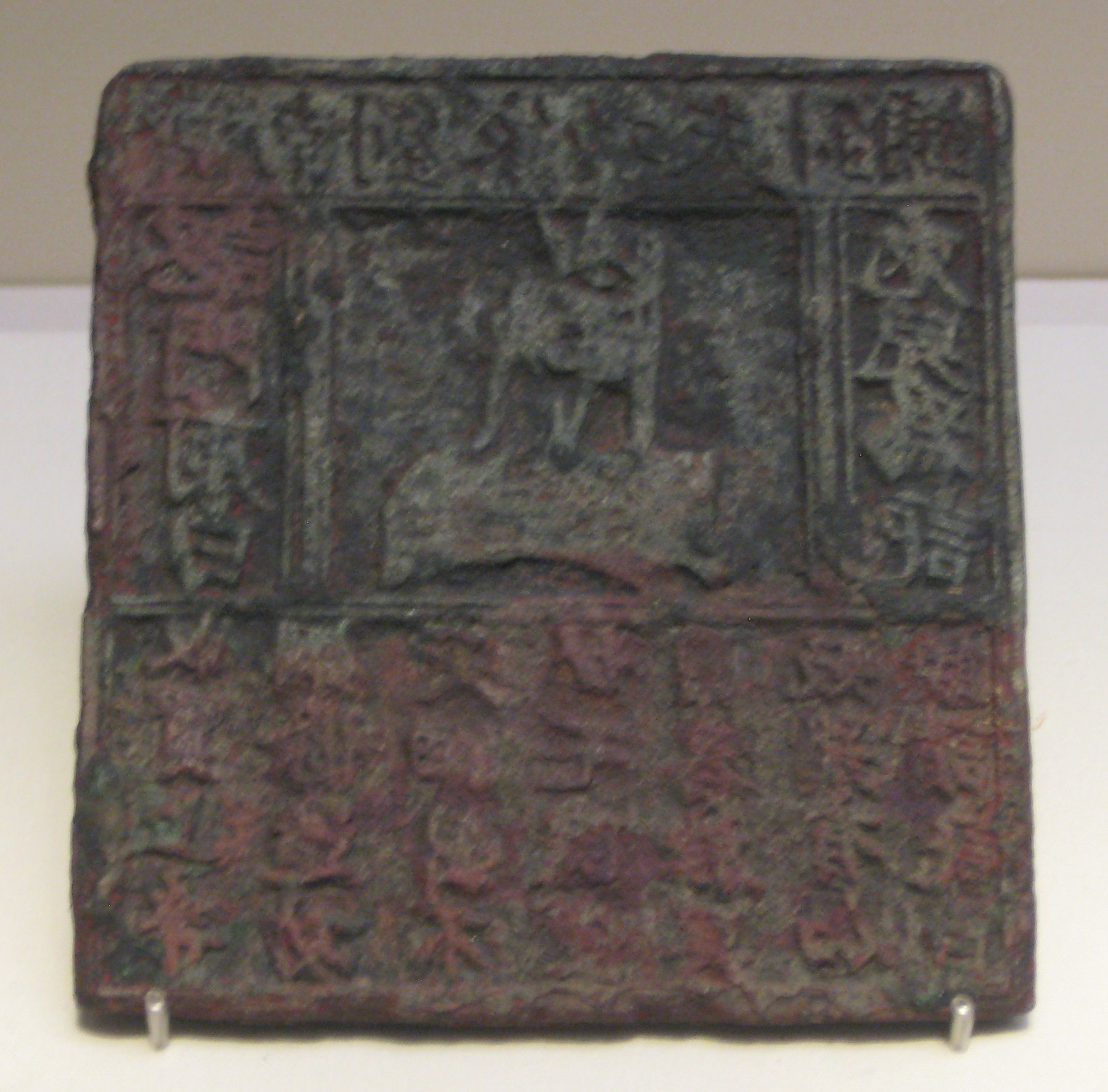In ancient China, the earliest advertising known was oral, as recorded in the Classic of Poetry (11th to 7th centuries BC) of bamboo flutes played to sell candy. Advertisement usually takes in the form of calligraphic signboards and inked papers. A copper printing plate dated back to the Song dynasty [960–1279 A.D. -- MP] used to print posters in the form of a square sheet of paper with a rabbit logo with "Jinan Liu's Fine Needle Shop" and "We buy high quality steel rods and make fine quality needles, to be ready for use at home in no time" written above and below is considered the world's earliest identified printed advertising medium.Of the things that's fascinating about this is how many of the elements and how much of the specific language of modern advertisements were in place a thousand years ago. We have branding complete with logo, claims of high quality, and appeals to convenience. Add three cameras and an over-eager studio audience and you have an infomercial.
Comments, observations and thoughts from two bloggers on applied statistics, higher education and epidemiology. Joseph is an associate professor. Mark is a professional statistician and former math teacher.
Thursday, November 5, 2015
The more things change -- advertising edition
One of these days, I want to start a good, detailed thread on advertising and marketing. If and when I do, it will almost certainly mention this very cool find from Wikipedia.

No comments:
Post a Comment